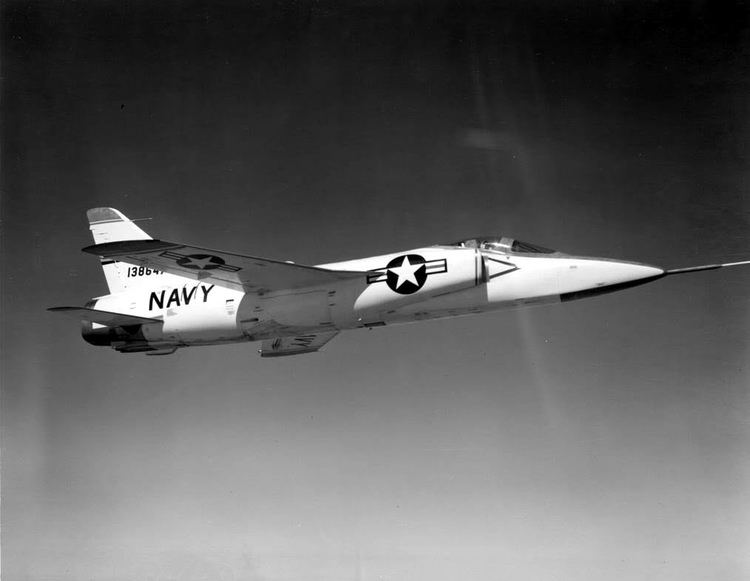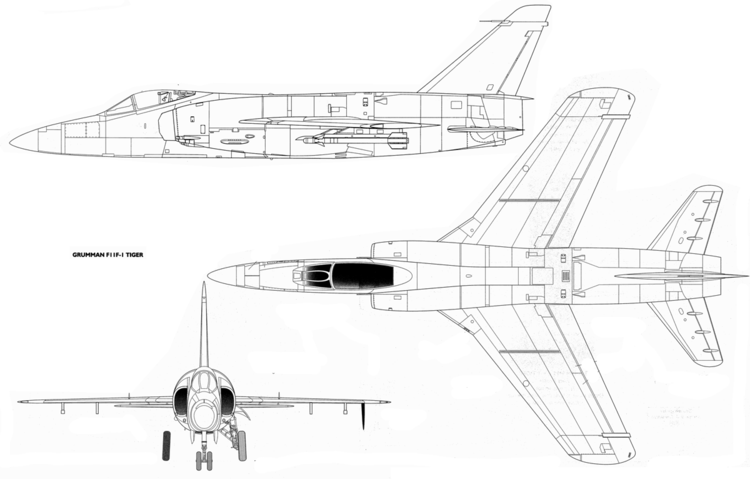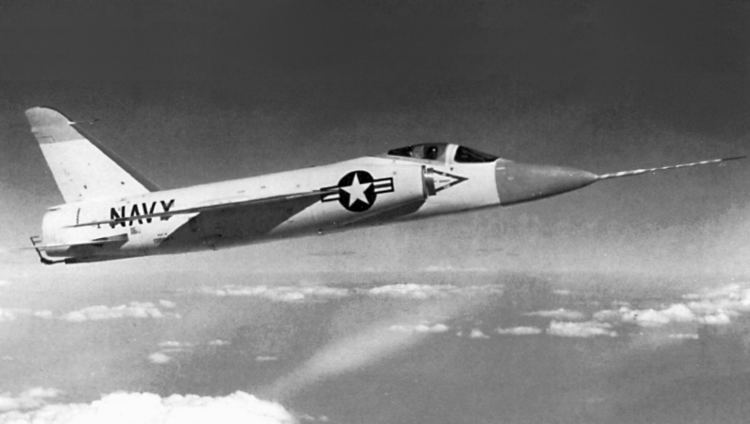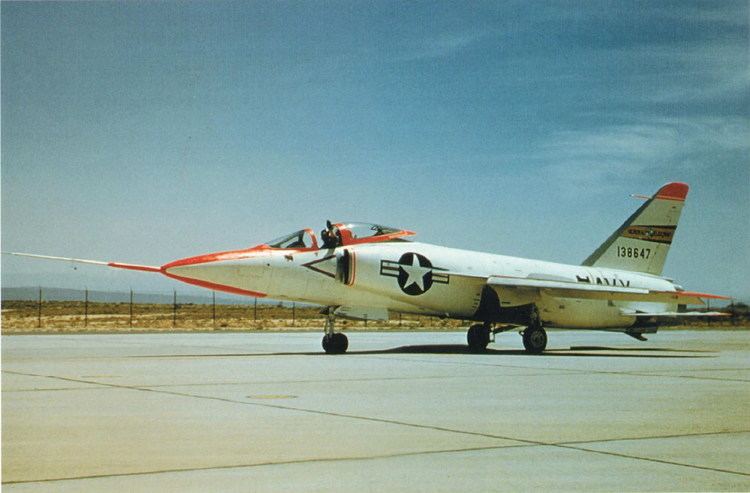Top speed 2,253 km/h Wingspan 9.65 m First flight May 25, 1956 | Range 1,826 km Length 15 m Manufacturer Grumman | |
 | ||
Grumman f11f 1f super tiger
The Grumman F11F-1F Super Tiger (company designation G-98J) was a single-seat fighter aircraft originally developed for the United States Navy (USN). Based on the USN's F-11 Tiger, the F11F-1F did not proceed beyond the two F11F-1F prototypes.
Contents
- Grumman f11f 1f super tiger
- Design and development
- Marketing efforts
- Variants
- Operators
- Aircraft on display
- Specifications F11F 1F
- References
Design and development

As an improvement to the F11F-1 (F-11A) fighter, Grumman proposed a more advanced version of the airframe known as the F11F-1F Super Tiger. This was the result of a 1955 study to fit the new General Electric J79 engine into the F11F airframe. The Navy was sufficiently interested to authorize modification of two production F11F-1s with enlarged air intakes and YJ79-GE-3 turbojets, with the result being designated the F11F-1F, indicating a production F11F-1 with a special engine fit.

The aircraft first flew on 25 May 1956, reaching Mach 1.44 in one of the flights. After the addition of 60° wing root fillets, a 13.5 in (35 cm) fuselage extension, and an uprated J79 engine, the F11F-1F reached an impressive Mach 2.04 in 1957, thus becoming the first naval aircraft in the world to exceed Mach 2 (two years before the F4H, the F8U-3 and the A3J). This was a surprise even to Grumman, which had expected a top speed of only Mach 1.4 at altitude. By comparison, the F11F-1 with the Wright J65 had had difficulty exceeding Mach 1.1. However, the U.S. Navy did not order the Super Tiger into production. Although the service ceiling of the aircraft was nominally 59,000 feet, a test flight on 18 April 1958 at Edwards AFB set a world altitude record of 76,938 feet.
Marketing efforts

Having failed to secure the Navy contract, Grumman marketed the Super Tiger to foreign customers. The Super Tiger outperformed the Saab Draken, Lockheed F-104 Starfighter, Dassault Mirage III and Fiat G.91 in a tender to equip the Swiss Air Force. The Mirage III was finally chosen as a cheaper and more secure alternative, yet a close second in terms of performance. In order to interest the Germans, Grumman proposed a 10,500 lbf Rolls-Royce Avon installation instead of the J79.
The German Luftwaffe, Japan Air Self Defense Force and Royal Canadian Air Force showed considerable interest but eventually the Lockheed F-104 Starfighter was chosen. This outcome, however, was marred by the Lockheed bribery scandals, in which huge sums were paid by Lockheed to influential politicians in those countries to ensure the adoption of the Starfighter.
Variants
Operators
Aircraft on display
The first F11F-1F (BuNo 138646) was used for fire-fighting practice and destroyed in the 1980s. The second prototype (BuNo 138647) was retired on 10 January 1961 and used as a ground training aircraft. It is preserved on outdoor display at the Naval Museum of Armament & Technology at the Naval Air Weapons Station China Lake, California (USA).
Specifications (F11F-1F)
Data from Secret Projects: Fighters & Interceptors 1945-1978.
General characteristics
Performance
Armament
